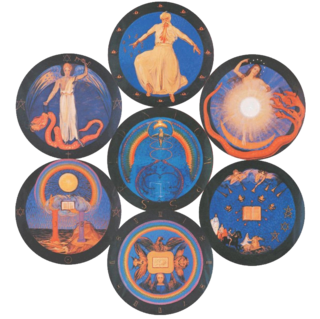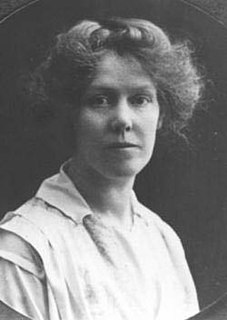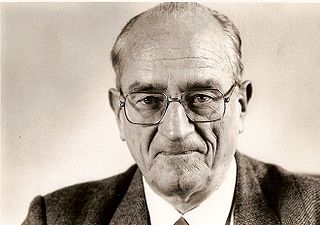The American Eurythmy School is a four-year eurythmy training in Weed, California, near Mount Shasta. [1] It was founded in 1984 by Karen Sherman McPherson, who studied under Ilona Schubert in the 1970s in Dornach, Switzerland, [2] and is the second largest four-year eurythmy training in North America. The first graduation from the four-year program was held in 1990. There are many graduates of the School teaching in Waldorf schools and performing in the United States. [2] [3]
Eurythmy is an expressive movement art originated by Rudolf Steiner in conjunction with Marie von Sivers in the early 20th century. Primarily a performance art, it is also used in education, especially in Waldorf schools, and – as part of anthroposophic medicine – for claimed therapeutic purposes.

Weed is a city in Siskiyou County, California, United States. As of the 2010 Census, the town had a total population of 2,967, down from 2,979 in 2000. There are several unincorporated communities adjacent to, or just outside, Weed proper, including Edgewood, Carrick, and Lake Shastina. These communities generally have mailing addresses that use Weed or its ZIP code. The total population of this area in 2007 was 6,318. Weed is about 10 miles (16 km) west-northwest of Mount Shasta, a prominent northern California landmark, and the second-tallest volcano in the Cascade Range.

Mount Shasta is a potentially active volcano at the southern end of the Cascade Range in Siskiyou County, California. At an elevation of 14,179 feet (4321.8 m), it is the second-highest peak in the Cascades and the fifth-highest in the state. Mount Shasta has an estimated volume of 85 cubic miles (350 km3), which makes it the most voluminous stratovolcano in the Cascade Volcanic Arc. The mountain and surrounding area are part of the Shasta–Trinity National Forest.






